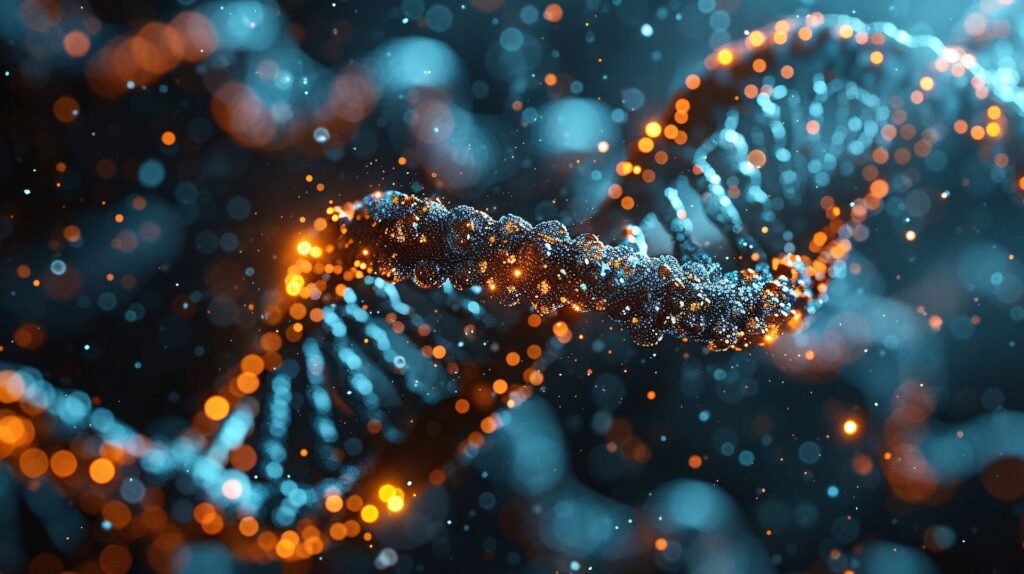A groundbreaking study conducted by a research team at Kyoto University has unveiled a novel mitotic cohesin complex known as STAG3-cohesin. This unique DNA organizer plays a pivotal role in establishing the distinct DNA architecture of spermatogonial stem cells (SSCs), the precursors to sperm cells. The absence of STAG3 in SSCs hinders their proper differentiation, leading to fertility issues in mice.
Interestingly, the researchers also discovered that STAG3 is prominently expressed in immune B cells and B-cell lymphomas, a type of blood cancer. Inhibiting STAG3 was found to impede the growth of these cells, suggesting a potential avenue for treating infertility and certain cancers. The findings of this study have been published in the prestigious journal Nature Structural & Molecular Biology.
Our bodies consist of a myriad of cell types, each containing the same DNA but with unique modifications in how it is packaged, folded, and organized. This intricate DNA folding is orchestrated by cohesin complexes, which create boundaries within the DNA structure. Traditionally, cohesins were categorized into mitotic and meiotic forms. However, the discovery of STAG3-cohesin in SSCs challenges this classification.
Germ cells undergo significant changes in DNA packaging during development, with SSCs exhibiting a distinctive DNA organization with weak boundaries. By mapping the distribution of cohesin proteins in SSCs, the researchers identified the formation of a new cohesin complex comprising RAD21 and STAG3, termed STAG3-cohesin. This complex was shown to be crucial for maintaining the unique DNA boundaries in SSCs.
Furthermore, genetic manipulation experiments revealed that STAG3-cohesin is essential for the progression of SSCs from a stem-cell state to the subsequent stages of sperm development. In mice lacking STAG3, impaired germ cell development resulted in fertility issues, underscoring the critical role of STAG3-cohesin in this process.
Beyond germ cells, the study demonstrated that targeting STAG3 could impede the growth of B-cell lymphomas, hinting at its potential as a therapeutic target in cancer treatment. The unique properties of STAG3-cohesin offer new insights into DNA organization and gene regulation, paving the way for advancements in stem cell biology, reproductive medicine, and cancer research.
Led by Prof. Mitinori Saitou and his team at Kyoto University, this research sheds light on the intricate mechanisms governing DNA organization and its implications for fertility and cancer. The identification of STAG3-cohesin as a key player in DNA architecture signifies a significant breakthrough with far-reaching implications in biomedical research.
For more information, the study titled “The mitotic STAG3–cohesin complex shapes male germline nucleome” can be found in Nature Structural & Molecular Biology. This research represents a crucial step towards unraveling the complexities of DNA organization and its impact on various biological processes.
This article was brought to you by Kyoto University, a leading institution at the forefront of cutting-edge research. For more information about their work, visit their official website.


